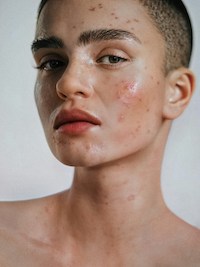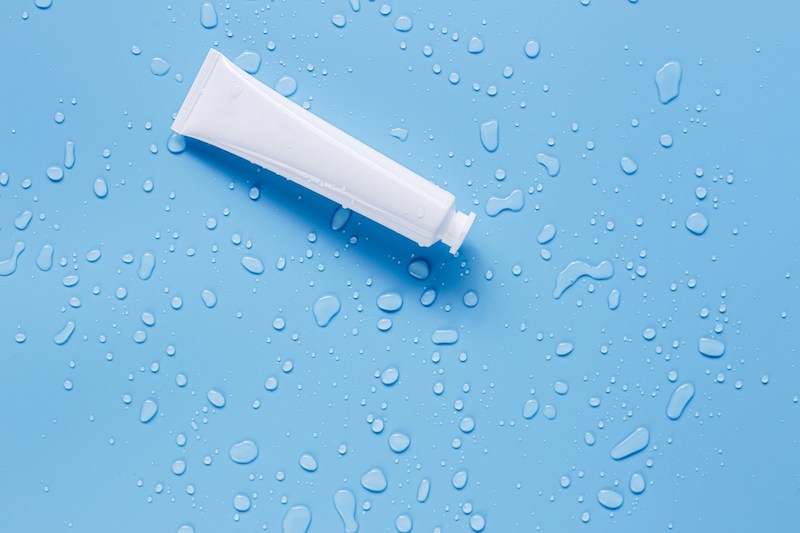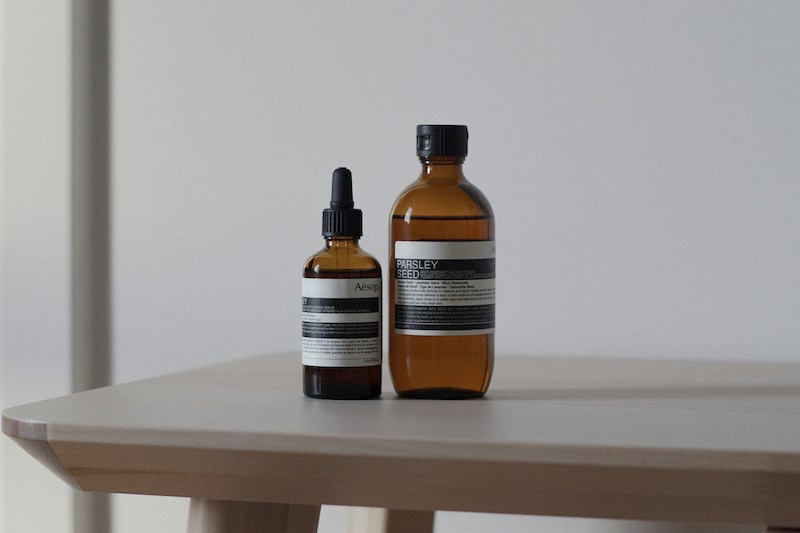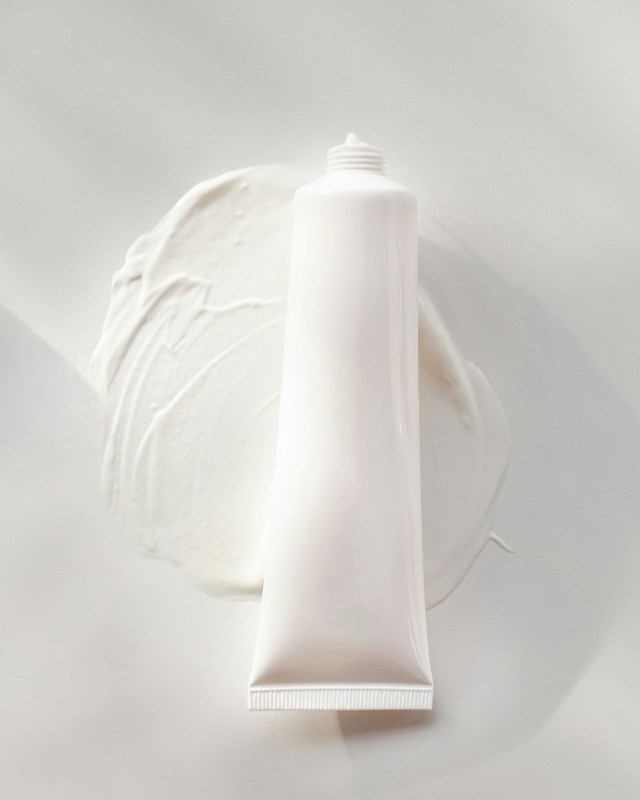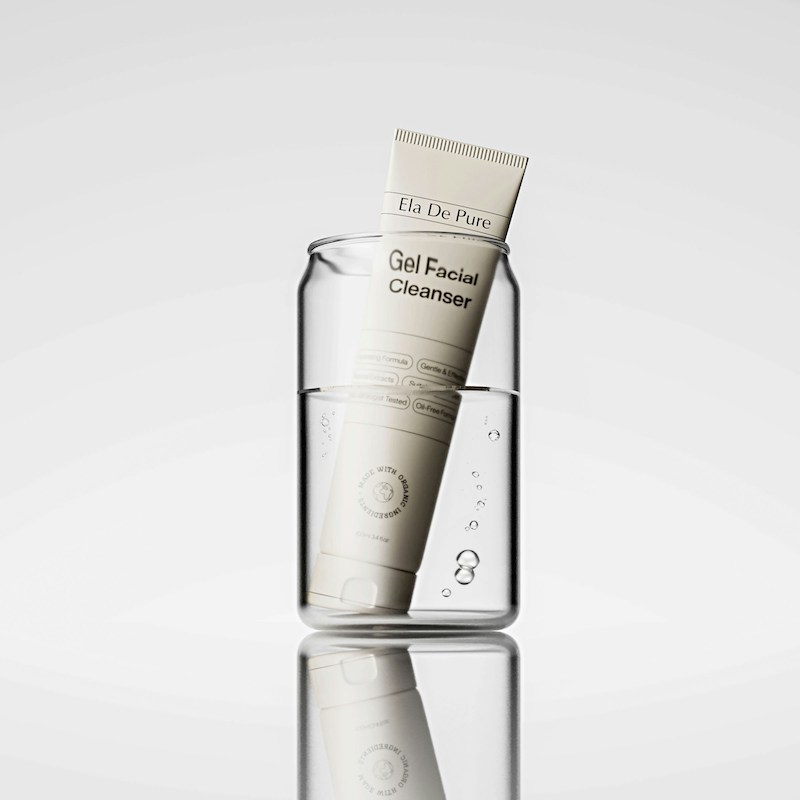Have you ever started a new skincare product—especially something hyped like a retinol or an acid—and suddenly noticed your skin breaking out more than before?
It’s frustrating, even scary, and might make you wonder if the product is just too harsh for your skin. But what if what you’re seeing isn’t a bad reaction… but a normal part of the process?
That’s where skin purging comes in. It’s one of the most misunderstood skincare reactions—and if you’re not sure what it looks like or how long it should last, you’re not alone.
In this post, we’ll walk through exactly what purging is, how to tell if you’re experiencing it, and how to support your skin during this adjustment phase. You’ll also learn when it’s not purging—and when it might be time to switch products.
By the end, you’ll feel more confident knowing what your skin needs, and whether to push through or pause. Let’s get started.
What is Skin Purging?
Skin purging is your skin’s way of speeding things up—literally. When you start using certain active ingredients, they increase your cell turnover rate, which means your skin sheds dead cells and brings new ones to the surface faster than usual.
Sounds good, right? In the long term, it is. But in the short term, it can bring existing clogged pores to the surface, leading to temporary breakouts. This is especially common with powerful actives like:
• Retinoids (like retinol or tretinoin): These are known for their anti-aging and acne-clearing benefits, but they’re also one of the main culprits of purging. You can read more in The Ultimate Guide to Retinol: Benefits, Usage, and Best Products.
• Exfoliating acids (like AHAs, BHAs, and PHAs): These dissolve the bonds between dead skin cells and help unclog pores, which can trigger purging in the first few weeks. If you’re just starting with acids, check out AHAs, BHAs, PHAs: Which One Is for You? for a full breakdown.
While it can be tempting to give up right away, purging is actually a sign that the product is doing its job—your skin is just going through a transition.
What’s the Difference?
One of the most confusing things about purging is how similar it looks to a breakout. Red bumps, whiteheads, maybe even a few inflamed spots—it can feel like your skin is getting worse, not better.
But here’s the key: purging is a process, while breakouts are a problem. And learning to tell the difference can help you decide whether to stick with a product—or stop using it altogether.
Here’s a clear comparison:
|
Purging |
Breakout |
|---|---|
|
Happens in areas where you already tend to get pimples |
Can appear in new or random areas |
|
Caused by active ingredients that speed up skin renewal (like retinol or exfoliating acids) |
Caused by clogged pores, hormones, irritation, or comedogenic products |
|
Starts shortly after using a new active product (within a few days) |
Can appear weeks after starting a new product, especially if it’s too rich or irritating |
|
Usually clears up within 2–6 weeks |
Can linger or worsen over time |
|
Blemishes are often small whiteheads or papules |
Can include painful cysts or inflamed pimples |
|
Often comes with no burning or itching |
May involve itching, stinging, or redness—especially with a reaction or allergy |
So if you’re seeing small, manageable blemishes pop up in familiar places after starting a new active (like a retinol or BHA), there’s a good chance you’re just purging.
But if the breakout is spreading, painful, or appears in new areas—especially after using a new moisturizer or sunscreen—you might want to pause. It could be a reaction, irritation, or a sign the product isn’t right for your skin.
Tip: If you’re still building your skincare routine, this guide can help you layer actives safely: The Ultimate Guide to Building Your Personalized Skincare Routine
Common Ingredients That Trigger Skin Purging
Not every skincare product causes purging. In fact, most won’t. Purging only happens when a product increases your skin’s cell turnover, pushing out what’s already under the surface.
Here are the most common ingredients known to trigger purging:
1. Retinoids
This is the most well-known group. Retinoids (like retinol, retinal, or tretinoin) stimulate collagen production, improve skin texture, and help with acne—but they can also cause a purge phase in the beginning.
If you’re new to retinol, start slow. Our post The Ultimate Guide to Retinol explains how to introduce it properly without overwhelming your skin.
2. Exfoliating Acids
Chemical exfoliants like AHAs (glycolic, lactic acid) and BHAs (salicylic acid) work by dissolving dead skin cells and clearing out pores. This deep-cleaning effect is exactly what can bring hidden breakouts to the surface.
Not sure which acid is right for you? AHAs, BHAs, PHAs: Which One is for You? gives a full breakdown with product tips.
3. Vitamin C (in higher concentrations)
While not as intense as retinoids or acids, strong Vitamin C serums can slightly boost turnover and trigger purging in acne-prone skin. It’s less common, but possible—especially if used alongside exfoliants or retinol.
4. Benzoyl Peroxide & Acne Treatments
These don’t directly increase turnover like retinol, but they clear acne by killing bacteria and unclogging pores—so purging can still happen as your skin adjusts.
5. Professional Treatments
Peels, microneedling, or prescription topicals can also spark a purge. It’s important to follow aftercare steps and not overload your skin with too many actives at once.
What Does Skin Purging Look Like?
Skin purging can look a lot like a breakout—but there are a few telltale signs that can help you identify it. Understanding what’s normal during purging makes it easier to stay calm and stick with your routine (as long as things don’t worsen past a healthy point).
Here’s what to expect:
1. Small whiteheads or flesh-colored bumps
These often appear as clusters, especially in oily or breakout-prone areas like the forehead, chin, or around the nose.
2. A slight increase in pimples where you usually get them
Purging doesn’t usually spread to new areas. If you normally break out on your T-zone, the purge will likely stay there. That’s a good sign—it means your skin is just clearing out.
3. Mild inflammation—but not painful or itchy
Purging might include some redness or swelling, but it shouldn’t burn, sting, or feel hot to the touch. If it does, that could point to irritation or an allergic reaction instead (more on that later).
4. Starts within a few days to a week of using a new active
Unlike breakouts from clogged pores (which may take longer to show up), purging tends to begin fairly quickly once your skin starts reacting to actives like retinoids or acids.
5. Fades over a few weeks
The bumps shouldn’t linger for months. If your skin is getting worse after 6–8 weeks, it’s probably time to reassess the product or your routine.
Need help choosing the right actives for your skin type? The Ultimate Skincare Guide: How to Identify Your Skin Typecan help you build a routine that makes sense from the start.
How Long Does Skin Purging Last?
The good news? Skin purging doesn’t last forever.
The not-so-fun news? You do need to be a little patient.
Typical Purging Timeline:
• Starts within a few days to a week after introducing a new active ingredient.
• Peaks around week 2–3, when your skin is clearing out the most congestion.
• Usually ends by week 4–6 as your skin adjusts to the product and becomes clearer.
Of course, this can vary. If you’re using a strong retinoid or chemical exfoliant for the first time, your purge might last a little longer—but it should always start to improve within 6–8 weeks.
If you’re past that point and your skin is still flaring up—or looking worse—then it might not be purging at all. It could be irritation, an allergy, or a product that just doesn’t suit your skin.
This is why it’s so important to:
• Introduce new actives slowly
• Stick to a gentle skincare routine while purging
• Avoid switching products too often (give your skin time!)
Need help balancing actives with calming ingredients?
Check out The Ultimate Guide to Skin Barrier Repair to support your skin during this sensitive phase.
Got it! Here’s a clean, friendly, and professional Final Thoughts section that wraps up your blog post and includes the call-to-action for newsletter signup, Pinterest, and comments—along with a nice hook for your freebie:
Final Thoughts
Skin purging can be annoying, confusing, and honestly a little scary—especially if no one warned you about it. But now you know: purging is temporary, and often a sign that your skincare is doing the hard work of clearing things out.
Remember:
-
Be patient with your skin.
-
Introduce actives slowly.
-
Support your barrier while your skin adjusts.
If it’s purging, it will pass—and clearer, healthier skin is just on the other side.
Want more help navigating actives?
Subscribe to the Simply by Sophia newsletter and get your free printable guide:
“What to Mix, What to Never Mix, and When to Introduce Key Ingredients.”
It’s perfect if you’re unsure how to layer retinol, acids, niacinamide, and more—without overwhelming your skin.
Also, follow me on Pinterest for clean, science-based skincare tips—and leave a comment below if you’ve ever experienced purging or have a question about your routine. I’d love to hear from you!

